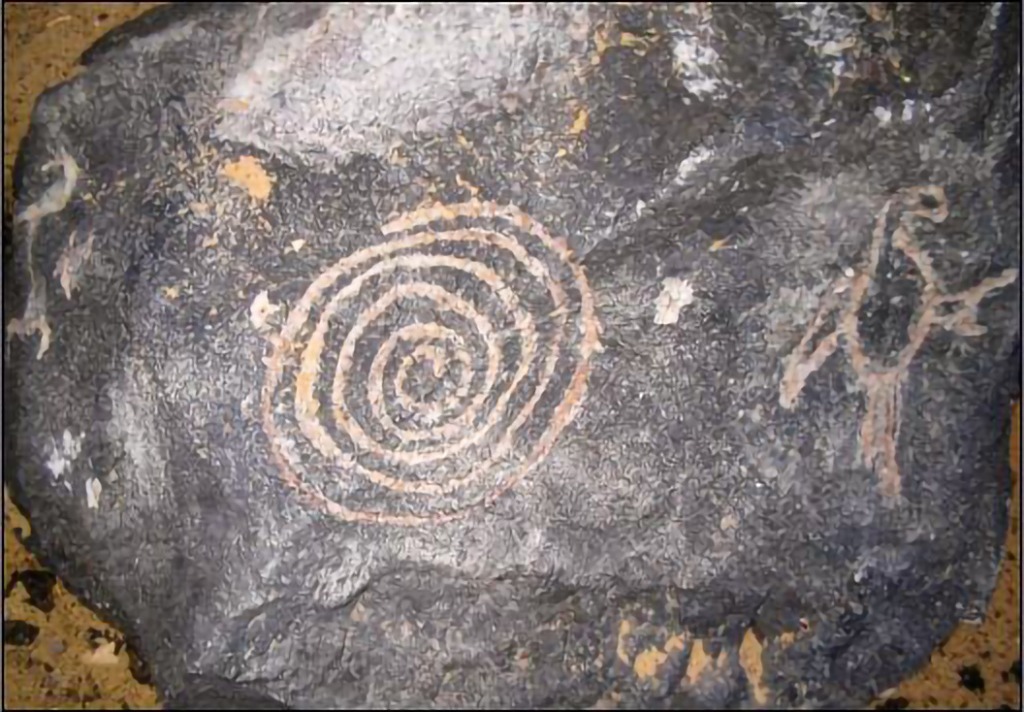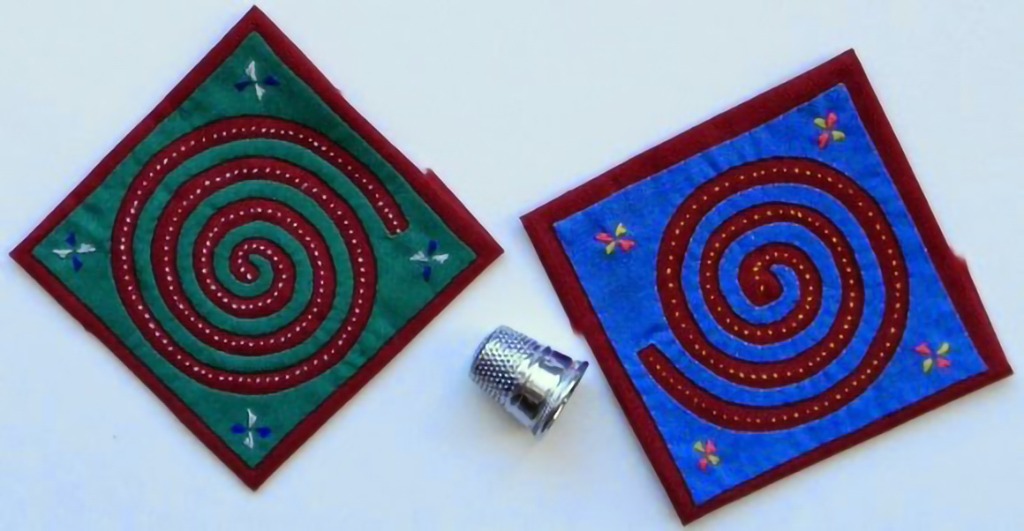
Native American And Hmong: Use Spiral Designs
Comparing Native American and Hmong Spiral Designs: Shared Symbolism Across Cultures
Explore the fascinating similarities between Native American and Hmong spiral designs. Discover the cultural significance of spirals as symbols of life, connection, and continuity.












Introduction:
Spiral designs hold a profound place in the cultural expressions of Native American and Hmong traditions. These intricate patterns, often found in textiles, jewelry, and art, symbolize life’s continuity, spiritual connection, and cultural heritage. By examining these designs, we uncover fascinating parallels that speak to shared human experiences.
Native American Spiral Designs:
Native American art features spirals as powerful symbols. They often appear in petroglyphs, pottery, and jewelry, representing elements such as:
- The cycle of life and nature.
- Spiritual journeys or paths.
- Water or wind currents in the natural world.
For example, spirals in petroglyphs carved into rocks have been associated with ceremonial practices and cosmic significance.
Hmong Spiral Designs:
Similarly, the Hmong people incorporate spirals into their textiles and embroidery. These motifs often symbolize:
- Family and community connections.
- The soul’s journey or protection.
- Life’s continuous flow and harmony.
Hmong textiles, known for their vibrant colors and detailed patterns, highlight the spiral as a unifying element within their culture.
Shared Symbolism:
Despite geographic and cultural differences, Native American and Hmong spiral designs reveal remarkable similarities:
- Both cultures use spirals to depict life’s cyclical nature.
- Spirals often symbolize spiritual or metaphysical ideas, such as journeys or connections.
- These designs serve as markers of cultural identity and continuity.
This shared symbolism suggests a universal human appreciation for patterns that reflect life’s interconnectedness.
Visual Journey:
Explore a collection of stunning examples of Native American and Hmong spiral designs to appreciate their beauty and craftsmanship.
Conclusion:
The spiral’s timeless appeal bridges diverse cultures like the Native Americans and Hmong, offering a lens to view universal themes of connection, life, and spirituality. Whether carved into stone or stitched into fabric, these designs continue to inspire and unite us through their shared meaning.
Key Takeaway
For more insights into cultural designs and their significance, subscribe to our blog or leave a comment below with your thoughts!





Native American
Hmong
Native American
https://www.google.com/search?q=native+american+spirial&aq=f&um=1&ie=UTF-8&hl=en&tbm=isch&source=og&sa=N&tab=wi&ei=45dgUYWIFpG0qQGC6IC4DA&biw=1024&bih=481&sei=6ZdgUb3ULoOGrQHX8oBQ
Hmong
https://www.google.com/search?q=hmong+spirial&aq=f&um=1&ie=UTF-8&hl=en&tbm=isch&source=og&sa=N&tab=wi&ei=QphgUeuSKomsqAGWqYHAAQ&biw=1024&bih=481&sei=RphgUedwgbmoAaLwgRA
There is too much. So i have to just post the Google images so you can see them all for yourself.